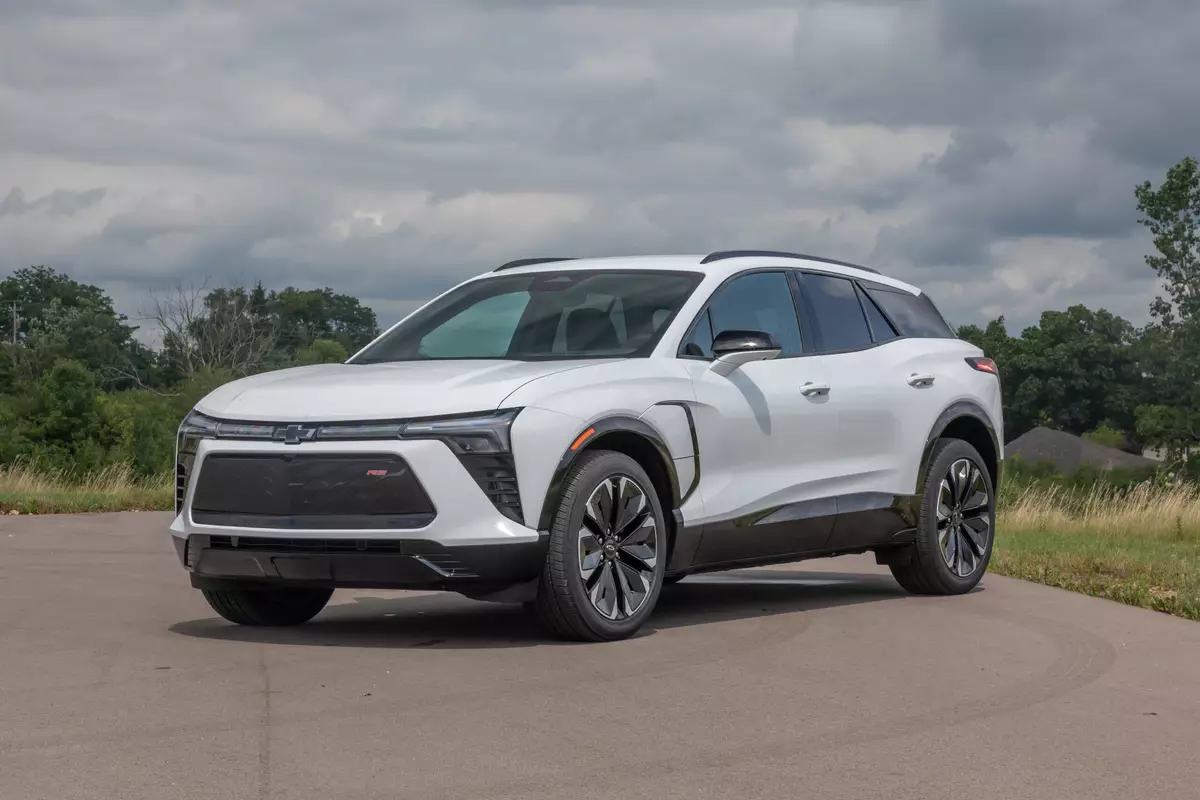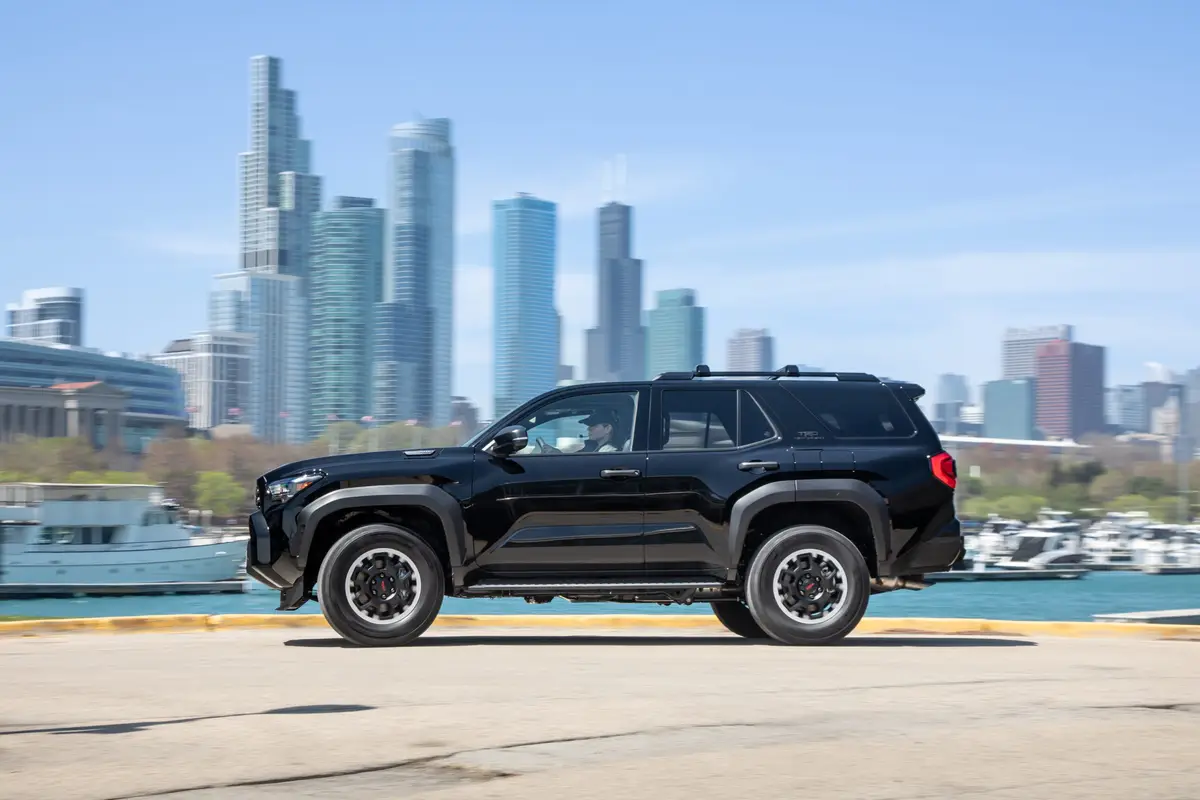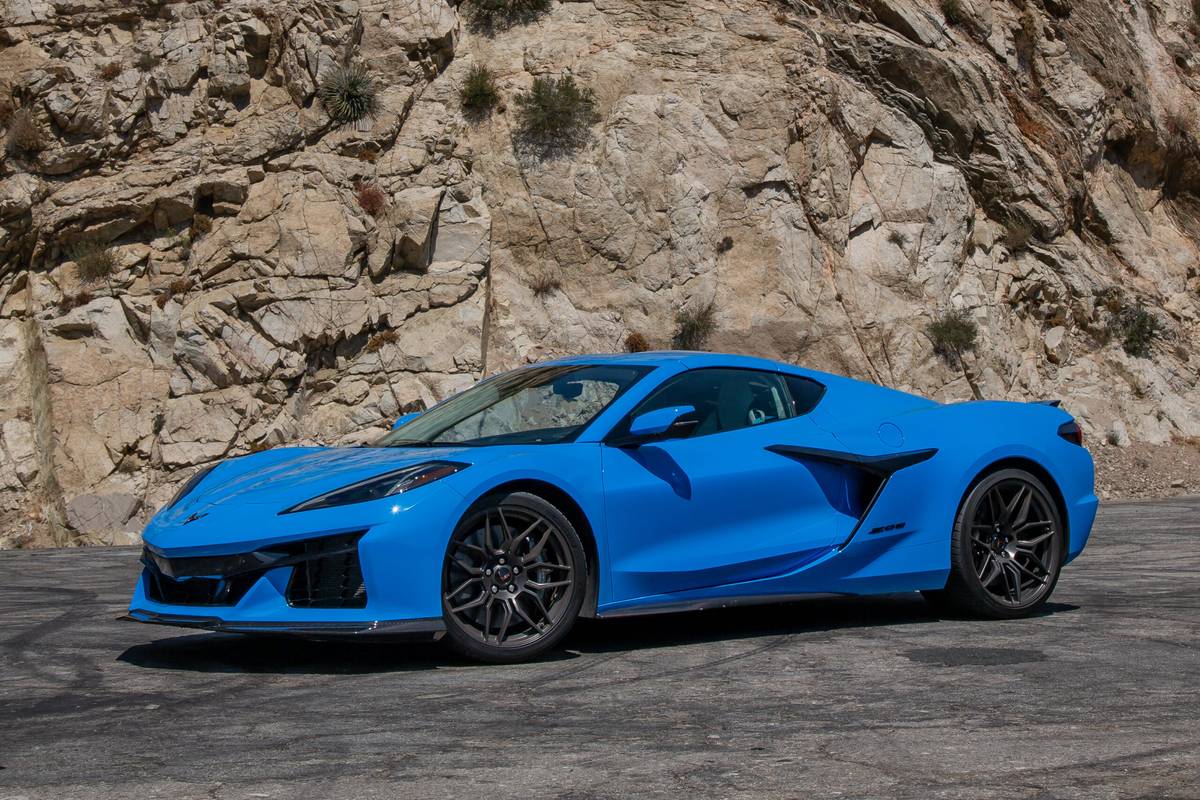Boston.com's view
It was one of those temporarily embarrassing moments at the wheel. I’d driven today’s test car, the Mazda 6, across New Hampshire’s Rte. 101 from Manchester Airport to the Hampton tollbooth. Cruising up to the tollbooth, the car lurched twice and stalled.
The toll-taker, after collecting the state’s tribute, asked, “Is everything OK?”
“Oh yes, I just forgot this car has a clutch.”
Oops.
The Mazda 6, redesigned for 2009, is a player in the crowded mid-sized sedan segment. And our tested version, the i Grand Touring edition, certainly qualifies as a near-luxury vehicle. On the highway, it ran as though it had a six-cylinder engine.
However, it was a 2.5 liter four-cylinder, six-speed manual transmission powertrain. It’s a configuration I prefer with the caveat that most days I’m not committed to spending time in rush-hour traffic.
This Mazda was designed and built for the United States market. The company added 4.5 inches of wheelbase from the previous model (to 109.8 inches) and put that space to great use. There’s more-than-ample legroom in the rear seat and a huge trunk. In addition, the rear seats fold down to allow for even more temporary carrying capacity.
One of the nicest things you can say about any car is that “It’s a lot of value for the dollar or bang for the buck.” The Mazda 6 delivers.
The base models start at $18,550 and have the same engine-transmission combination as our test car. The tested i Grand Touring version starts at $25,110 and the sticker on ours hit $29,620 with the addition of navigation ($2,000) and a moonroof/Bose package ($1,760). For the record, the s Grand Touring version (the “s” signifies the six-cylinder engine) with a six-speed automatic would have priced out at $32,975.
We drove the 6 last month, which this year in New England had lots of off-and-on rain and corresponding tough visibility on the highways.
Two features on our Mazda 6 stood out in these conditions: the blind-spot warning feature (with audio alert) in the side mirrors and the rain-sensing wipers. Once we realized the wipers were automatic and were indeed operating with a mind of their own, we left them on that setting.
It’s always advisable to spend some time getting all your mirrors adjusted correctly, especially if your car has a memory setting to return them to your preferences. However, even with properly set mirrors, the blind-spot warning adds a big feeling of security to the interstate driving experience.
Style-wise, mid-sized sedans pretty much look alike, though the Mazda 6’s squared front fenders are a styling queue right off the sporty RX-8. Some of the “Zoom-Zoom” DNA has been refined out of the Mazda 6, but enough remains in the solid handling and responsive engines (even the four-banger) to make the connection with the original Mazda 6 sports sedan. Sadly, a V-6 with manual transmission isn’t among the eight available configurations.
Features we liked included the lighting – LED taillights, xenon headlights, welcoming exterior and interior lights, and the orange dashboard display. The engine was so quiet we often checked the tachometer just to make sure it was running. Ride quality was a tad on the stiff (our preferred) side, and the cabin was quiet at highway speeds. The heated leather seats were large, supportive, and comfortable on longer trips. We liked the gauge layout, and controls were conveniently placed and for the most part intuitive.
Dashboard design has become a point of pride in the design studios. We hardly claim to be cabin connoisseurs; however, the Mazda 6 folks did a nice job overall. We could have stood for a bit more storage space but liked the way the climate/computer display matched the orange coloring used for the rest of the instrumentation.
On the debit side:
* The Mazda 6 is EPA-rated between 20-29 m.p.g. (manual). We came in at 24.3 m.p.g. in mixed driving that included one brutal night in rainy bumper-to-bumper Boston commuting.
* The on-board computer display is a bit cramped to read, and the clock is one of the choices. A clock also appears on the nav system when the map is displayed. Speaking of the nav system, it worked fine, and we found the map display particularly bright and crisp.
* The computer display button (to change the readout) and trunk release button were hidden behind the steering wheel.
* Using cruise control with the four-banger meant being alert to downshift when the engine started to labor in sixth gear on big hills on the highway. Otherwise, the transmission had notably wide and forgiving gearing.
Except when the driver forgot to engage the clutch.
Latest news



